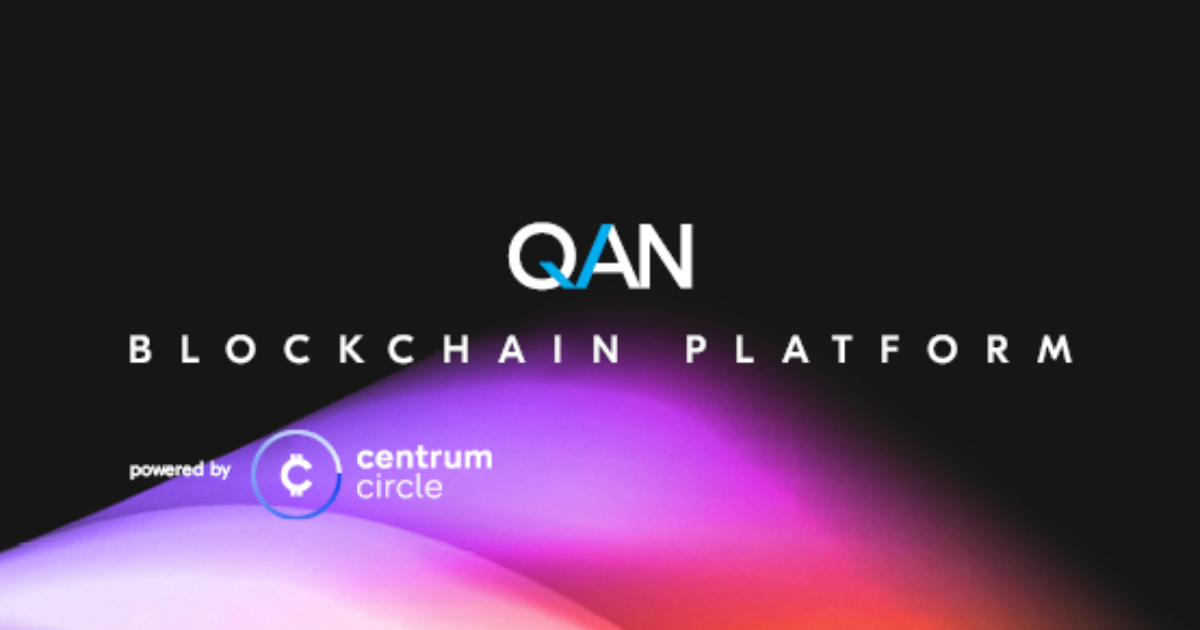QAN is a quantum-resistant, enterprise-ready blockchain. To date, only one or two other blockchain projects have launched with the quantum threat in mind – Quantum Resistant Ledger is the best-known. However, none of them yet offer any kind of sophisticated smart contract programming capabilities.
New blockchain platforms generally claim to be faster, more scalable, or more resilient than their predecessors, while very few offer features that differentiate from the competition. QAN appears to be among those few. Furthermore, QAN is also aiming to solve many of the other problems associated with legacy blockchains.
Challenges with the Existing Blockchain Landscape
Aside from exposure to the quantum threat, legacy blockchains such as Ethereum, and even newer market entrants such as EOS and Tron are all fraught with issues. Ethereum can barely manage 20 transactions per second, even despite many promised upgrades. EOS has achieved scalability but suffers from governance issues.
Gas pricing economics tend to favor miners over network users, while in the case of EOS, the cost of RAM is prohibitive for many smaller developers. Furthermore, developers need to learn new programming languages like Solidity – they cannot develop dApps in programming languages already familiar to them. This means there’s a shortage of talent, and blockchain companies are having to spend a lot of time and money building a pipeline.
Enterprise adoption is the key if blockchain is ever to break into the mainstream. However, all the challenges surrounding public blockchains only serve as a barrier to enterprise adoption.
Overcoming the Challenges
Blockchains such as Bitcoin and Ethereum utilize a form of key cryptography that’s vulnerable to brute-force attacks by quantum computers. Quantum technology hasn’t yet developed far enough to achieve this. However, it’s likely to happen sooner or later – and given the recent news that Google has crossed the boundary of quantum supremacy, sooner seems to be the more likely scenario.
The QAN blockchain deploys a variant of post-quantum cryptography known as lattice cryptography. This is sufficiently robust that even a quantum computer couldn’t brute force a private key from a public key. Such a level of security differentiates QAN from other platforms which are likely to fall prey to the quantum threat.
QAN also offers a unique pricing model for users and developers. Users can enjoy a fixed transaction cost, where although the transaction fee is paid in the native QARK token, the price is valued in fiat currency. For a business, this offers many advantages as it enables accurate financial forecasting based on predicted transaction volumes.
When developers deploy a new smart contract, only the newly written part incurs any fees. This model provides developers with an incentive to create reusable modules and templates. Furthermore, QAN offers developers the option to write smart contracts in multiple programming languages. This flexibility has the potential to attract developers from other disciplines into the blockchain field.
QAN Consensus
Under the hood, QAN operates a unique consensus algorithm called Proof-of-Randomness (PoR), which is a generalization of Algorand’s consensus algorithm, with enhanced scalability. It’s a simple Byzantine agreement protocol with a leader election that works under a two-thirds honest majority.
The network operators are split into two groups. Full node operators provide the storage for the blocks to be validated in return for token rewards. Validators stake tokens for the chance of validating blocks of transactions. However, unlike PoS blockchains, the stake isn’t weighted, and everyone has an equal (random) opportunity to be selected.
Using this consensus model, and by operating as a permissioned ledger, QAN is able to achieve speeds of over 1500 transactions per second. Furthermore, it delivers this with far greater energy efficiency than existing PoW or PoS blockchains.
About QAN
QAN was founded in Estonia in 2018 and has been supported by Centrum Circle Group since mid-2019. Centrum Circle is a blockchain-based fintech company, operating as a tokenized venture investment fund as well as providing compliant token issuance and other blockchain services.
Lorand Foris heads up the management team at QAN and is also the Chief Legal Officer at Centrum Circle. Prior to this, he worked in corporate finance at OTP Bank Ltd and held several directorship positions in companies across Europe.
Johann Polecsak is the CTO of both QAN and Centrum Circle. Silur is the Co-Founder and Crypto Adviser at QAN, having previously worked in research and development at other crypto projects, including Monero.
IEO and Token
QARK tokens will be issued initially as ERC-20 tokens, migrating to the QAN platform once it launches. There will be a total supply of 333,333,000, with two-thirds available for investors via an IEO, which will take place on Bitbay during Q4 2020.
A demo version of the platform is due to be released imminently, and the beta version will launch in parallel with the IEO. After that, a full launch is planned for the second quarter of 2020.
At that time, enterprises will be able to operate on a private chain at transaction speeds of up to 97,000 TPS. Root hashes of transactions executed on this private chain are anchored on the publicly operated QAN chain, which has already achieved transaction speeds of 1,600 TPS.
Conclusion
Many blockchain platforms in the race to be “the best” tend to be looking over their shoulders, attempting to outpace their nearest competitor. QAN appears to be an exception, looking ahead to the future and building a product that could be robust enough to last the distance, through the coming age of 5G and quantum machines. Of the upcoming main net launches in 2020, QAN is undoubtedly one to watch.




